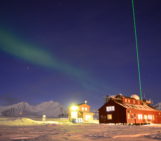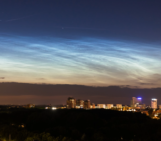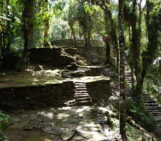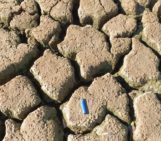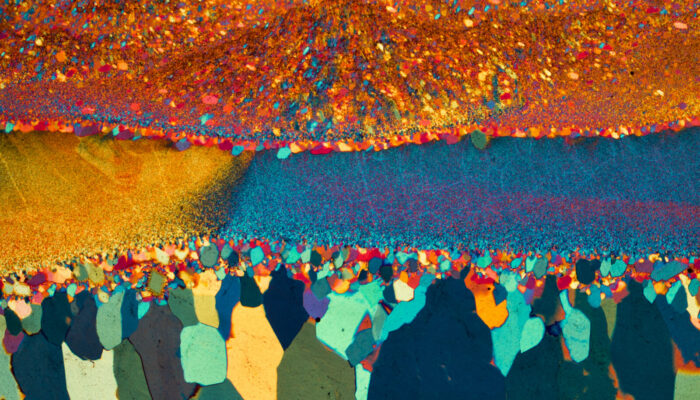
Polarized light photomicrograph of a thin section of brazilian agate. Credit: Bernardo Cesare (distributed via imaggeo.egu.eu)
This year for the EGU24 Photo Competition we had some amazing photos submitted! In case you missed them before the meeting, for the next few weeks we will be featuring all 10 of the shortlisted photos, and our three winners! First up, Bernardo Cesare’s image ‘The Concert’.
This image is called ‘The Concert’. Agate is made of microcrystalline fibrous quartz, called chalcedony, and provides eye-catching photomicrographs because of the fine layering and radial textures it often displays.
I had this thin section made from a small agate slab collected at a friend’s shop. I was attracted by the unusual look for an agate: a milky white diaphanous banding and a top layer of purple amethist. A real beauty!
Under the microscope, an extremely fine-grained, unique texture came out from the milky layers of this agate, which is one of my most photogenic rocks. We can appreciate the fine grain-size in the central and top parts of the photo, as opposed to the coarser crystals in the lower band. In the latter, the parallel vertical alignment of some crystals recalls a crowd facing a stage (The Concert) or a beach. The grain size of the chalcedony crystals – about 10 µm – makes this specimen particularly challenging in terms of focus, because light passes through an aggregate with more grains on top of each other, that create an unavoidable blurry effect. Width of view: 5,3 mm
Photo and caption by Bernardo Cesare, shared on imaggeo.egu.eu.
Imaggeo is the EGU’s online open access geosciences image repository. All geoscientists (and others) can submit their photographs and videos to this repository and, since it is open access, these images can be used for free by scientists for their presentations or publications, by educators and the general public, and some images can even be used freely for commercial purposes. Photographers also retain full rights of use, as Imaggeo images are licensed and distributed by the EGU under a Creative Commons licence. Submit your photos at http://imaggeo.egu.eu/upload/.

